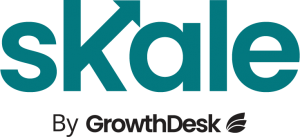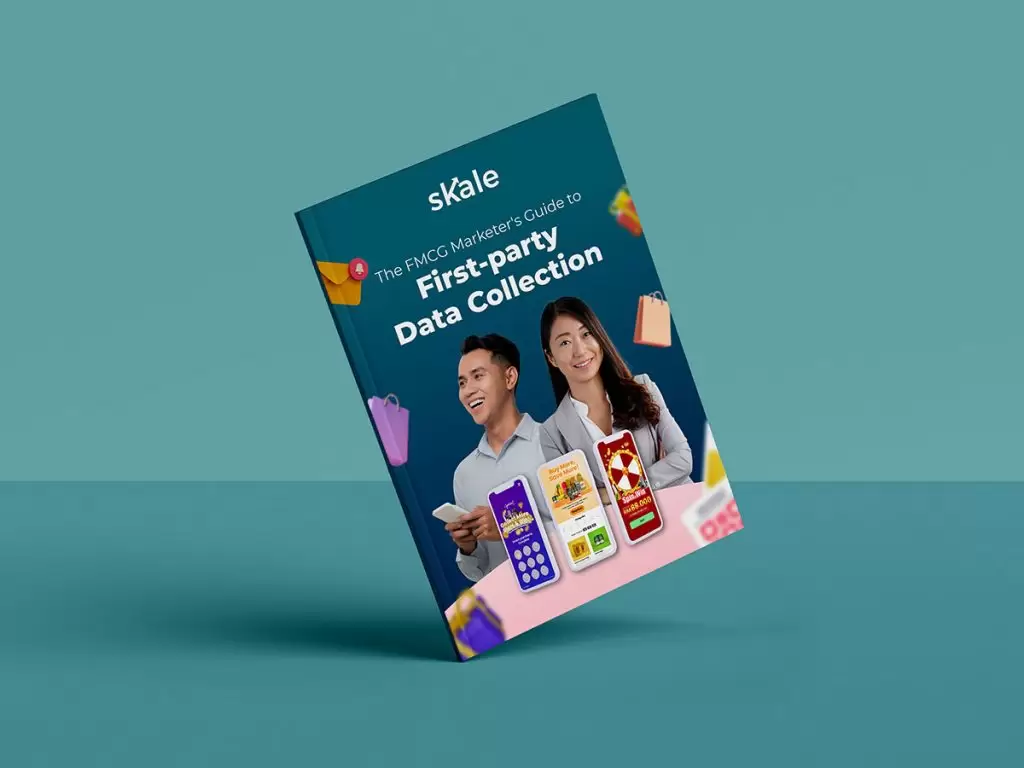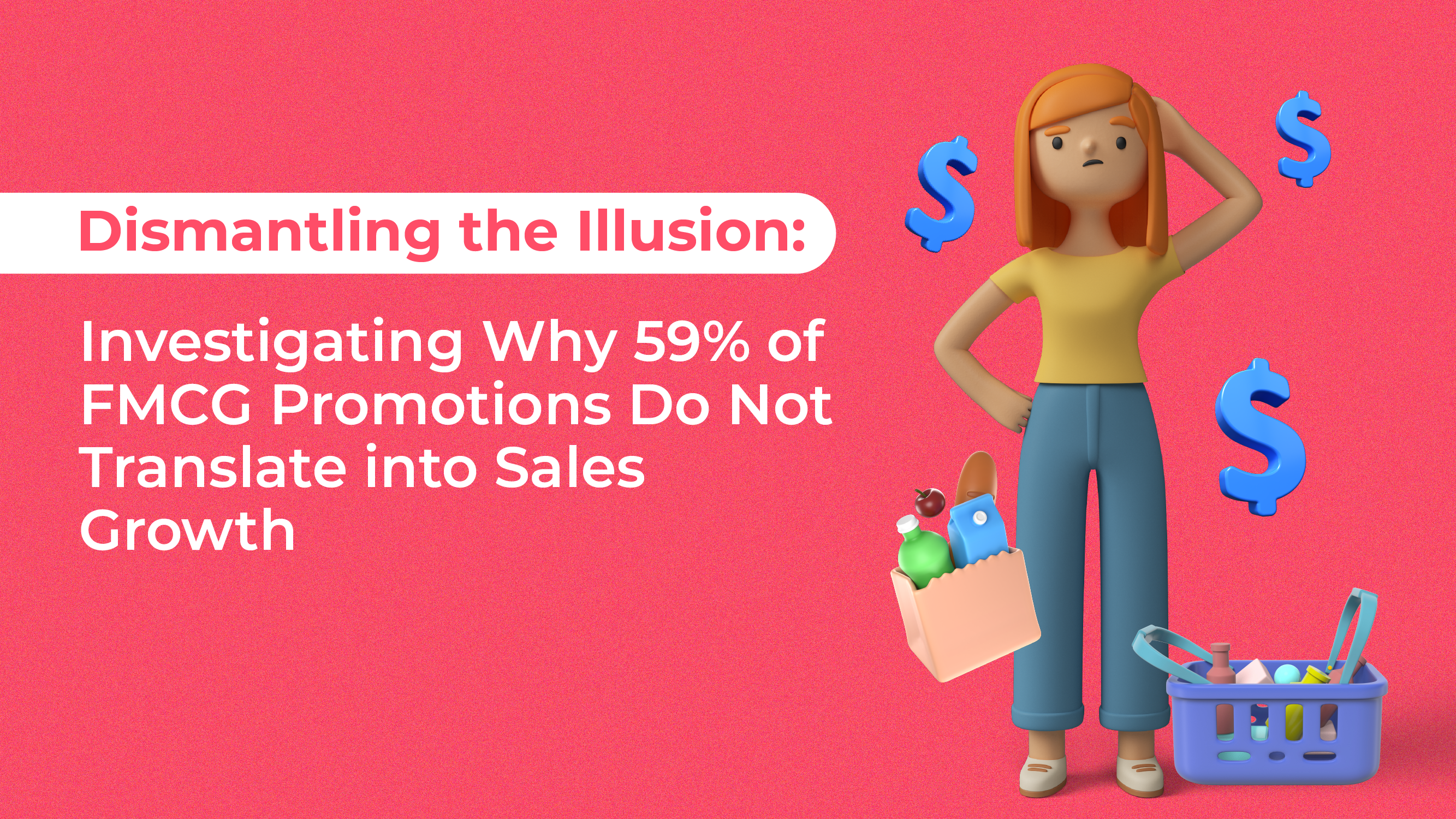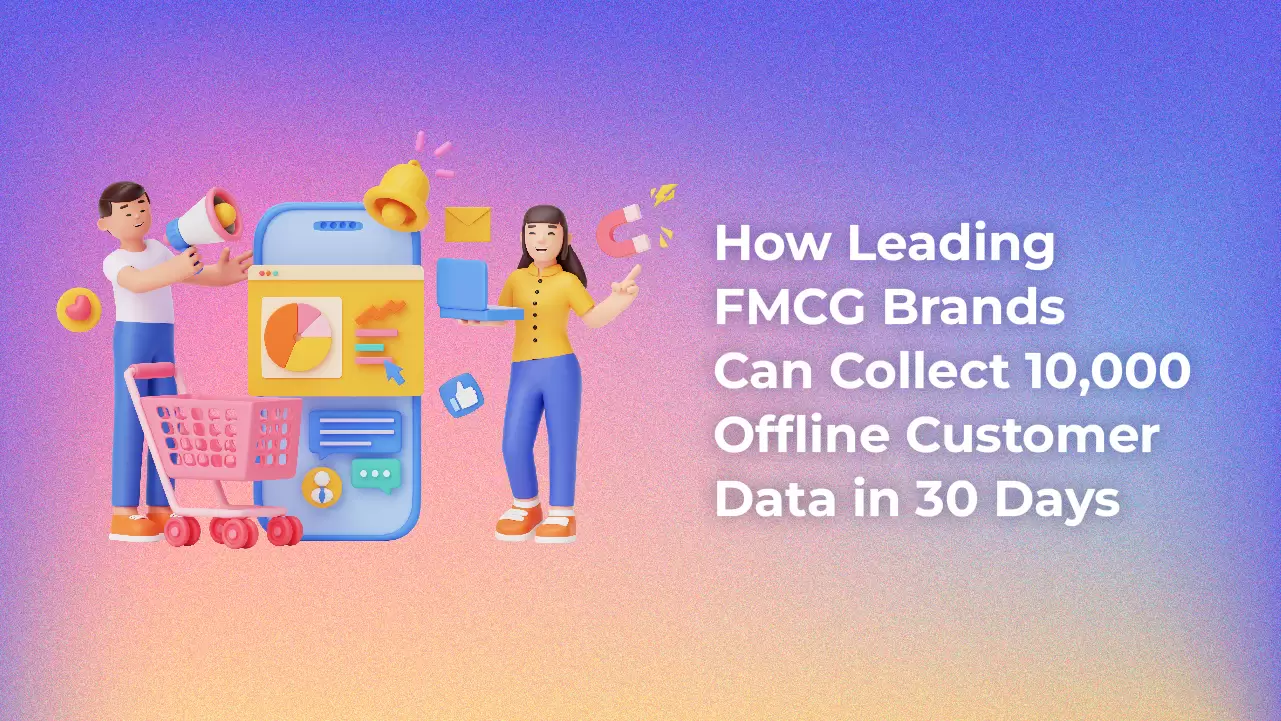You store could be selling products customers want and need. And yet, you could still be struggling to drive sales. Ever considered how your products are placed in your store?
The strategic arrangement of products on your shelves, to increase your sales, is called a planogram.
A planogram is a diagram that shows how and where specific retail products should be placed on retail shelves or displays in order to increase customer purchases.
As a retailer, it’s important to note that the way you position products in your store can influence your customers buying behavior.
So how can you strategically organize your planogram to better drive sales?
Here are 6 ways Malaysian small business and store owners can increase sales with better shelf placements!
1. Know Who Your Core Customers Are
It is equally important for you to know who your core customers are apart from your target customers. Not all customers who buy from you are your core customers.
Know who is most likely to buy and use your products. Are they college students or working adults? Do they come in families of varying age groups? What are their cultural differences?
Knowing who you really serve, helps you to develop a more strategic planogram. For instance, if your core customers are mostly university students, place trending items such as clothing, and shoes, accessories such as handphone casings, etc at the front of your store.
Make the products in your store more accessible to your core customers and this will ease their purchase experience to help increase your sales!
2. Utilise Positioning Products at Eye Level [restrict]
Ever heard of the phrase, “eye level is buy level”? What this implies is that products positioned at eye level are likely to sell better. Simply because it catches your eyes first!
Among the type of products, you can consider placing at the eye level include, best-selling products or popular brands, more expensive products as well as the cheaper ones for your customers that are on a budget.
Plan the type of products to be placed at eye level by studying who repeatedly buys from your store more often, and what product category appeals to whom most.
Take, for instance, the placement of cereals in local supermarkets, or grocery stores. Healthier cereals such as Fiber One, Fitnesse, and Cheerios are placed on the higher shelves, while commercial and sugary cereals such as Coco Krunch, Honey Stars, and Cookie Crisp are placed towards the bottom.
This is because commercial and sugary cereal products appeal more to kids rather than adults. Therefore, they are placed where it is easier for kids to reach.
This is an example of strategically placing your products to directly reach your target audience and influence their buying choices.
3. Increase Sales with More Facings
The number of times a product can easily be seen, known as the “number of facings”, also has an impact on your sales.
The way you have positioned your shelves in your store, and the type of products you place in certain areas can increase its visibility.
Hence, this is why it is always a good idea to place your best-selling products where it is easily and immediately noticeable.
Placing your best sellers at the forefront of your store instead of deep within your store makes it easier for your customers to find the product and to make a rapid purchase.
The location of goods in an aisle is also important. More importantly goods could be placed in the midsection of your store’s aisle.
This is a clever way to get your customers to spend more time in your store as well as getting them to make additional purchases before they arrive at the product they want.
4. Maximise Cross Merchandising to Increase Sales
Typically, it makes sense to assume that a good planogram is about arranging similar goods together; toiletries, baking goods and so on. However, this may not always be the case.
Cross merchandising is the practice of arranging products from complementary products together. It is a powerful strategy for driving sales!
For example, ice cream and ice cream scoops are placed separately. The scoops are usually placed in the utensils corner, far away from the ice cream. Place them together to save your customers time.
You could also place fizzy drinks and chips together. This way customers tend to worry less about the price because it offers convenience. It is this convenience factor that keeps customers coming back.
Alternatively, you could even consider associating your product or merchandise with a memorable experience.
Let’s say a customer wants to buy items for a family picnic. Picnics typically involve food and games. So, you could position related picnic products together to provide your customers with an experiential solution.
Since these cross-merchandising techniques, offer convenience and saves customers time, it triggers customers impulsive buying behavior.
5. Encourage Upselling with Strategic Positioning
You may also want your customers to buy your more expensive products, a process called “upselling”.
An easy way to encourage upselling among your customers is to place them at strategic points in your store. You may place them at eye level, to increase the likelihood of customers purchasing them.
Having to reach further up or to bend down to get to the cheaper products, may cause customers to dismiss the effort for convenience. Hence, opting to go for the more expensive ones.
A case in point would be the local supermarket, Mydin. If you are going there to buy evaporated milk, you will see that the more expensive brands such as F&N, Carnation, and Ideal positioned in the middle, while cheaper ones such as MyRasa, Saji towards the side or anywhere off the center.
6. Leverage the Advantage of Smaller Products
Another strategy which can be said to be similar across retail stores would be the placement of smaller products closer to the cashier counter, prior to exiting the store.
For example, in H&M, while you are queueing up to pay, you will see smaller items such as purses, pouches, or other accessories arranged along the way to the cashier. This lures customers into buying them as they look attractive and are perceived to be less costly than the bigger items.
Even from local supermarkets such as Tesco and Giant to convenience stores such as 7-Eleven and Mynews.com also employ the same technique. However, the small products are usually edible; chocolates, lollipop, sweets, chewing gums, bubble gums, flavored mints, etc.
This is highly likely to entice kids, and also appeals to adults who would like to have a quick bite. It is a great way to encourage last minute purchase and reduces the likelihood of customers changing their mind as it is located closer to the cashier.
Actionable Takeaway:
Make sure to study your customers and products before you design your planogram!
You may do this by observing customers who come to your stores more frequently and by taking note of what your best-selling products or most sought-after products are.Lastly, remember to be flexible. If the planogram you designed is not working, improvise! If you have a product range that is susceptible to frequent shift in trends, keep updating your planogram to meet customers changing needs.
[/restrict]











